Category: Brain
-
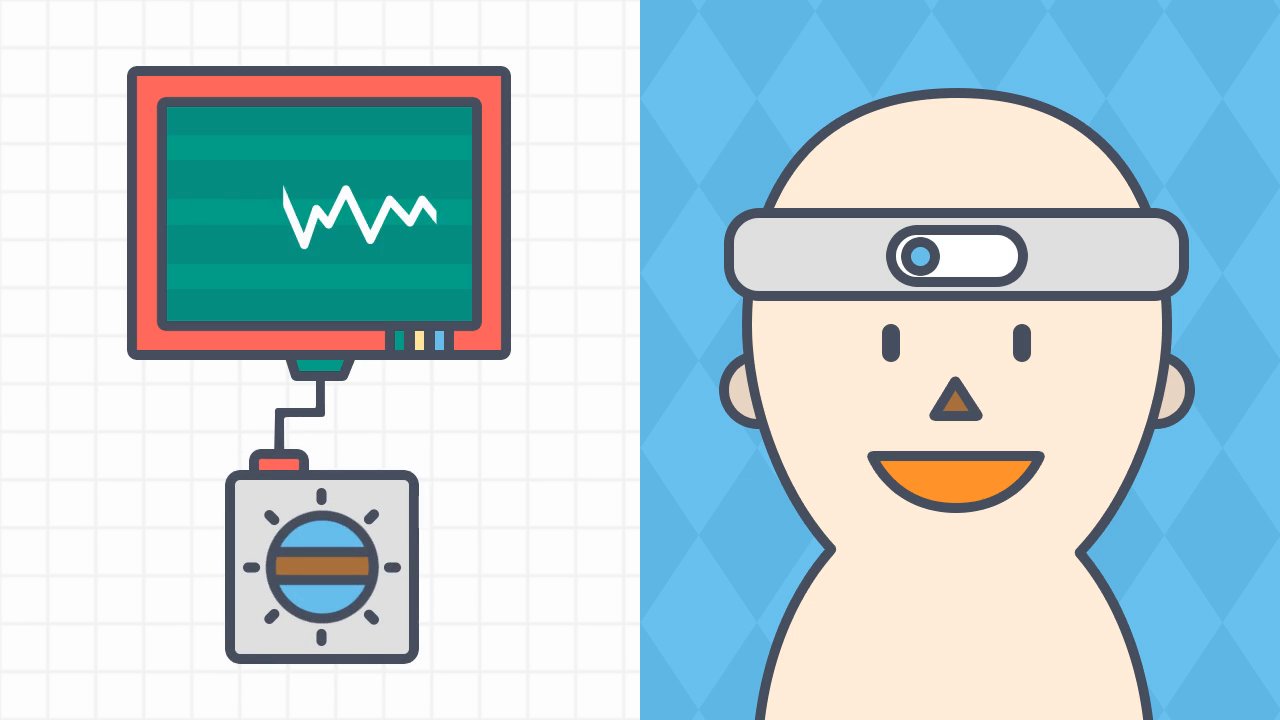
Electric stimulation headband tested for Alzheimer’s and MCI
Ybrain is a wearable device that targets brain regions with electrical signals. Two sensors are embedded in the front of a headband, providing stimulation for 30 minutes per day, 5 days per week, at home. It is intended for both Alzheimer’s and Mild Cognitive Impairment patients. The company has built a prototype and will begin…
-
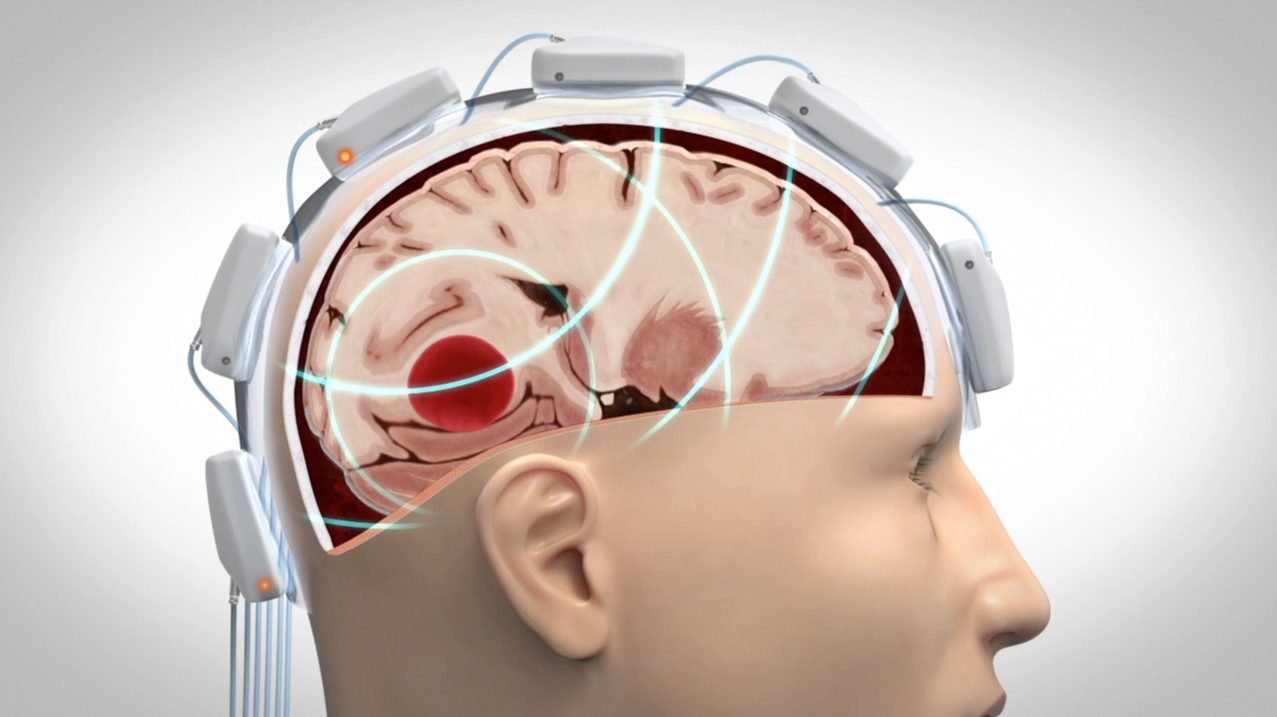
Microwave helmet for early stroke diagnosis, treatment
Medfield Diagnostics and Chalmers University have developed “Strokefinder,” a microwave helmet that quickly determines whether a person has had a stroke, enabling early and appropriate treatment. It has been tested on 45 patients. The helmet uses microwave typography to determine whether a stroke is caused by a clot or bleeding. Strokes caused by clots…
-

“Neurotic Robots” mimic human brain function
UC Irvine professor Jeff Krichmar and colleagues are experimenting with robotic awareness and trying to teach mechanical brains to behave more like human and animal brains by programming traits that mimic obsessive-compulsive disorder or a fear of open spaces. Professor Krichmar presented his research this week at the IEEE International Conference on Robotics and Automation in Hong Kong.…
-
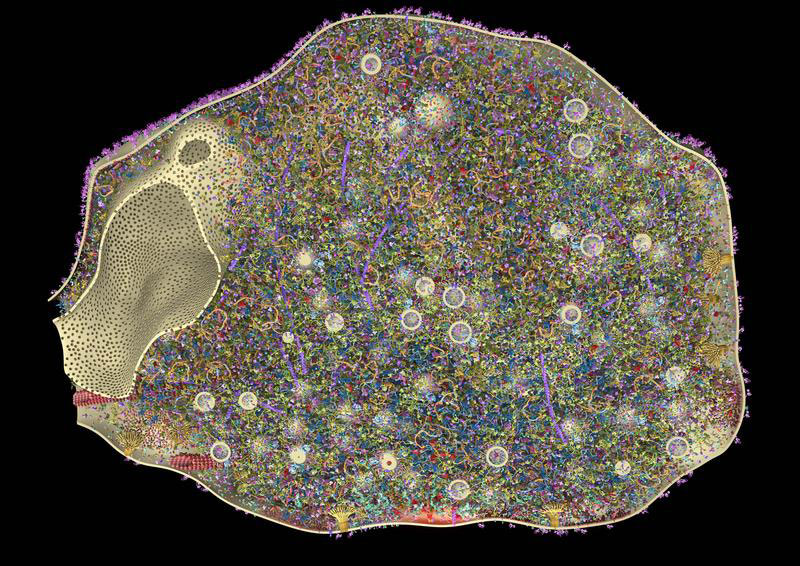
First 3D synapse model
Benjamin Wilhelm and colleagues the University of Göttingen Medical Center have developed a detailed 3D model of a synapse. Millions of nerve terminals from rat brains were isolated. A combination of electron microscopy, mass spectrometry, antibody staining, and super-resolution fluorescence microscopy determined the abundance and distribution of 62 proteins crucial for the synaptic vesicle cycle. “Our model shows that…
-
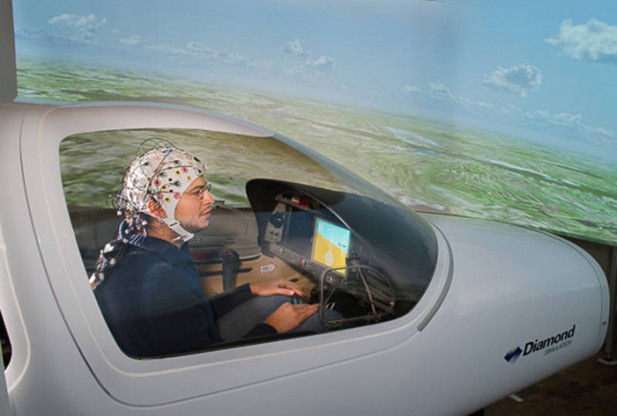
Brainflight project for BCI enabled flying
Professor Florian Holzapfel and colleagues at the Institute of Flight System Dynamics of the Technische Universität München have demonstrated the feasibility of flying via brain control. Brainwaves of the pilots are measured with EEG electrodes connected to a cap. An algorithm developed by Team PhyPa at the Berlin Institute of Technology deciphers electrical potentials and converts them into…
-
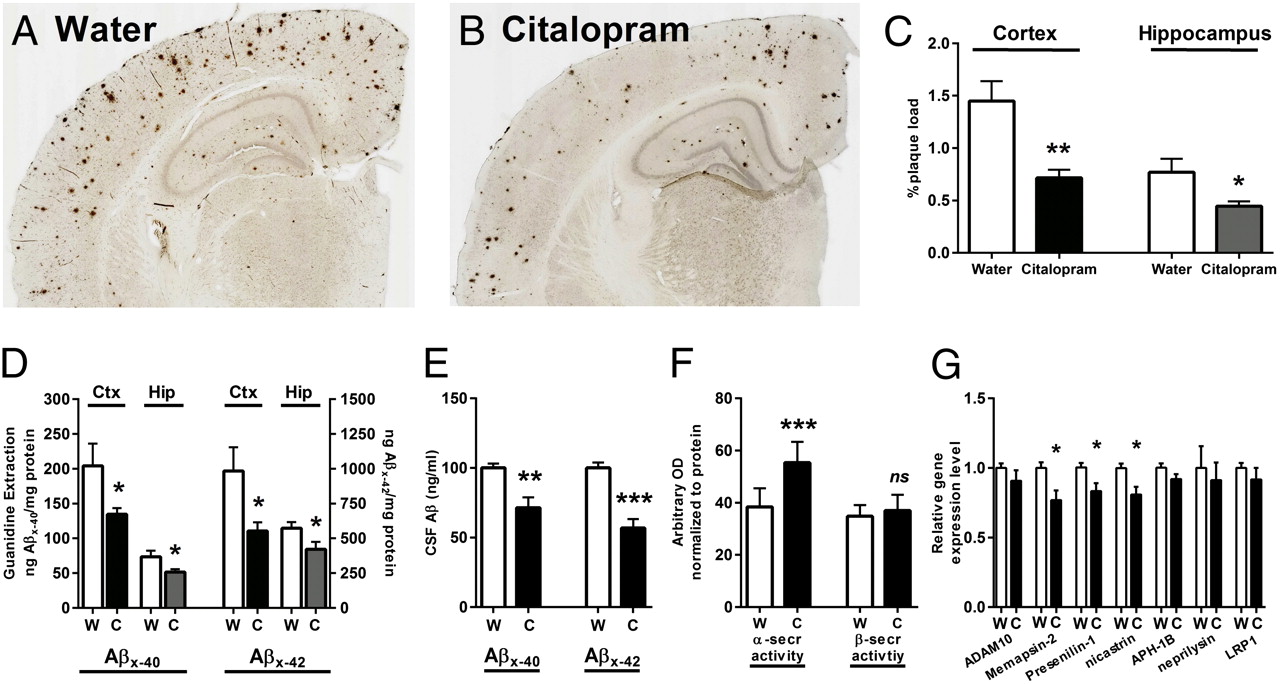
Study: Antidepressant may slow Alzheimer’s progression
In a potential breakthrough, a study published yesterday in Science Translational Medicine shows the SSRI Celexa driving down beta amyloid production in both mice and humans. The lead author is Professor Yvette Sheline from Washington University in St. Louis. Citalopram was found to reduce the concentration of beta-amyloid in the cerebrospinal fluid in non-Alzheimer’s patients by 38%. Researchers…
-

Tooth stem cells become brain-like cells; potential stroke treatment
University of Adelaide researchers have grown brain-resembling cells from stem cells taken from teeth, potentially impacting stroke therapies. According to Kylie Ellis, lead author of the study, “What we developed wasn’t identical to normal neurons, but the new cells shared very similar properties to neurons. They also formed complex networks and communicated through simple electrical…
-
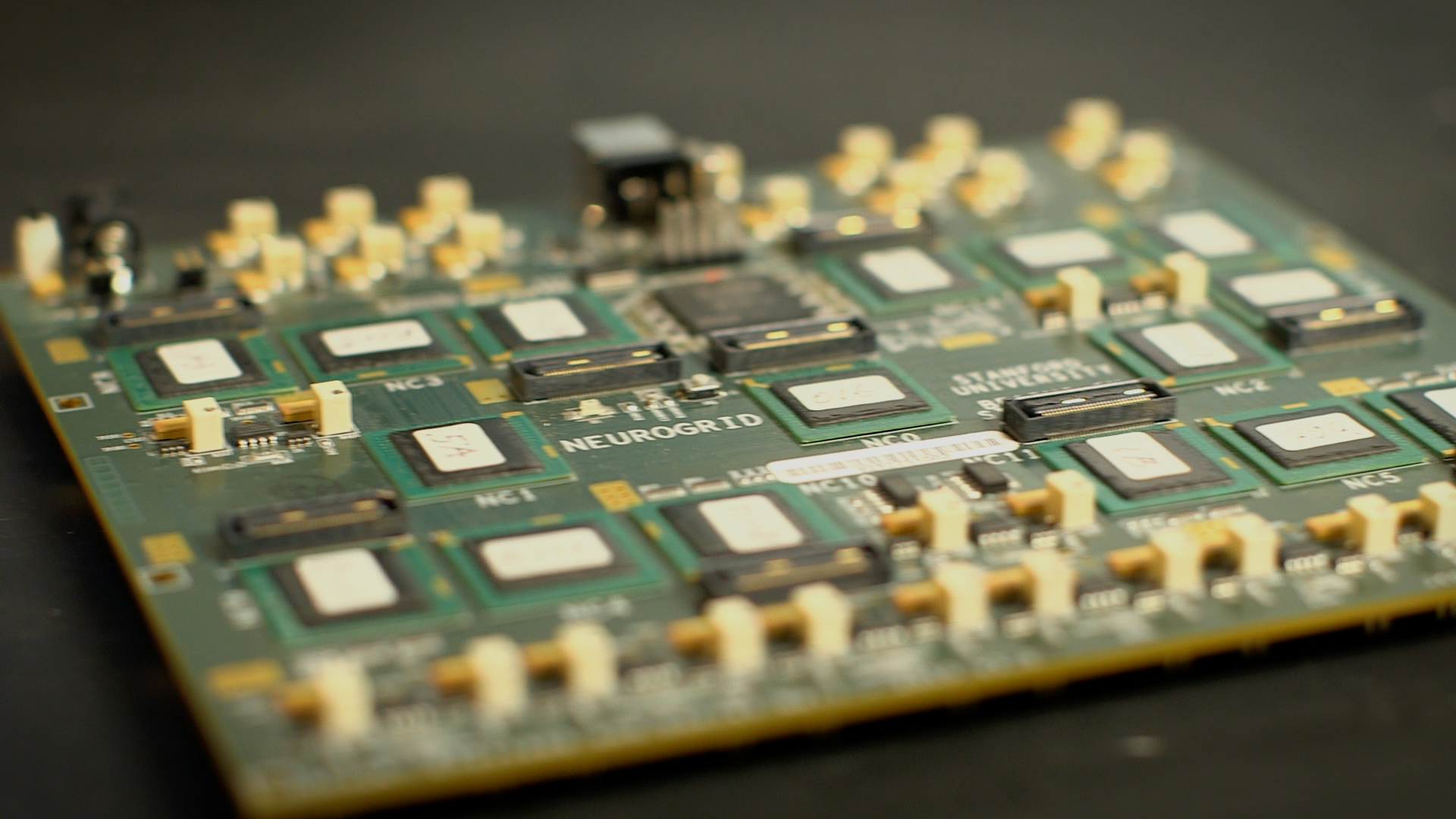
“Brain modeled” chip with prosthetic potential
Neurogrid is a “human brain based” microchip that is 9,000 times faster than and requires 1/40,000 the power of a typical pc. It is being developed by Professor Kwabena Boahen at Stanford University. The circuit board consists of 16 custom-designed “Neurocore” chips which can simulate 1 million neurons and billions of synaptic connections. Certain synapses were enabled…
-

Game controller measures heart rate, respiration, temperature, perspiration
Stanford Professor Gregory Kovacs and researcher Corey McCall claim that they are able to “read the brain” by measuring heart rate, respiration rate, temperature, perspiration and other body processes. Their goal is to sense emotions. The back of an Xbox 360 controller was replaced with a 3-D printed plastic module packed with sensors. Small metal…
-
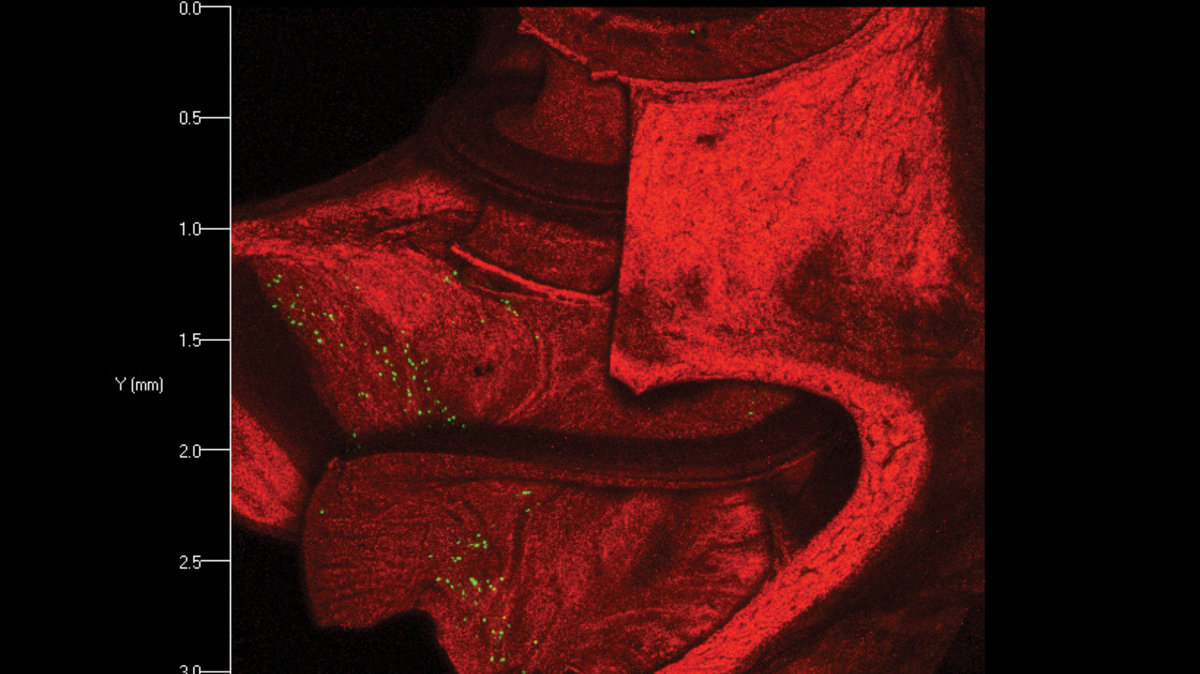
Cochlear implant pulses deliver DNA for gene therapy
UNSW Professor Gary Housley used electrical pulses from a cochlear implant to deliver gene therapy, successfully regrowing auditory nerves. Until now, the “bionic ear” has been largely constrained by the neural interface. In the study, Professor Housley and colleagues used the cochlear implant electrode array for novel “close-field” electroporation to transduce mesenchymal cells lining the cochlear perilymphatic…
-
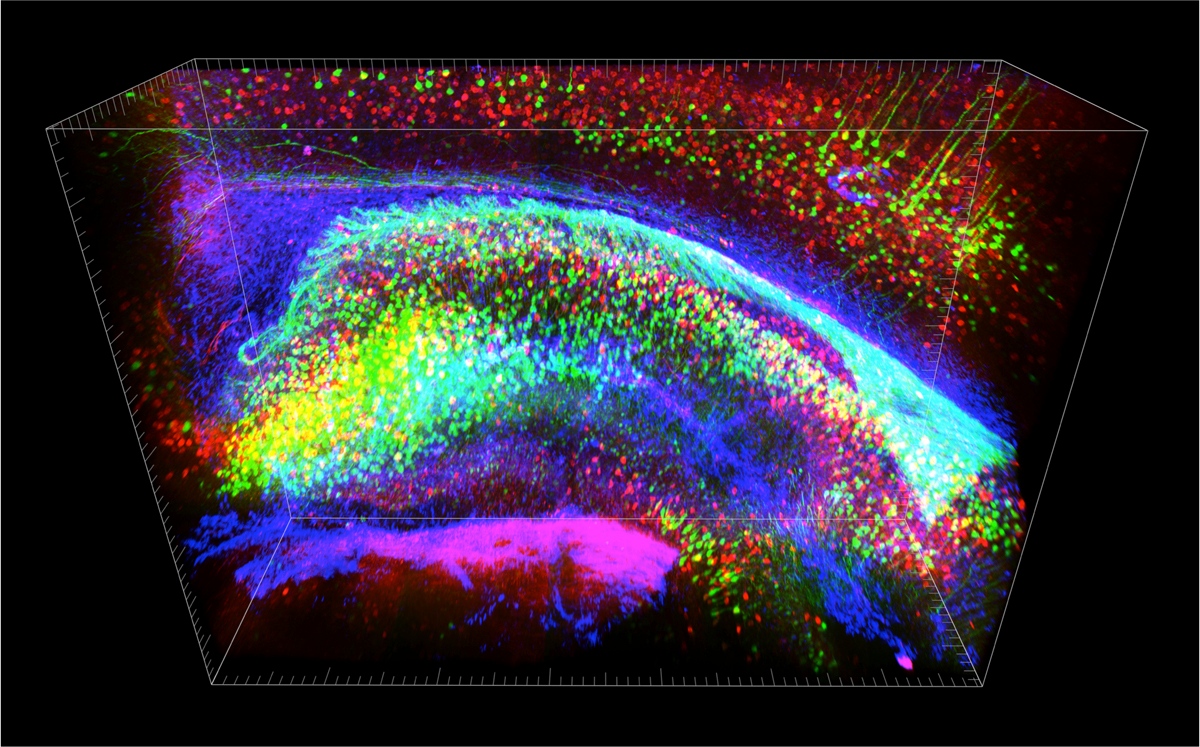
Transparent neuron imaging clarifies connections
MIT‘s Kwanghun Chung and Stanford‘s Karl Deisseroth‘s CLARITY allows researchers to see directly into optically transparent whole brains or thick blocks of mouse brain tissue. Such studies in living people are impossible, because most neuron-tracing methods require genetic engineering or injection of dye in living animals. The hope is that this will one day lead to a way to…
-
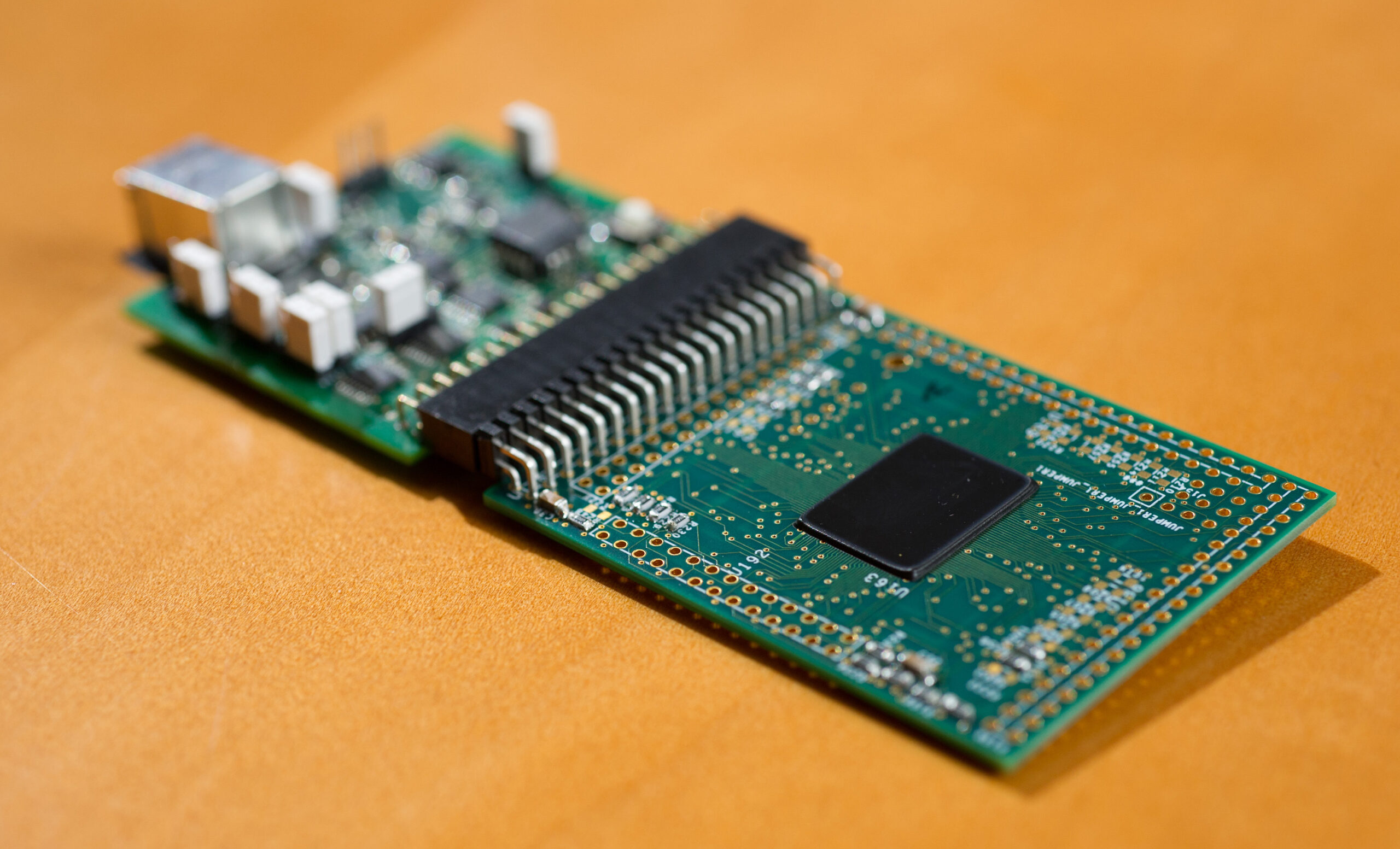
Analog path to neuromorphic computing
In her roadmap, Georgia Tech professor Jennifer Hasler emphasizes analog processing’s key role in neuromorphic systems, specifically field programmable analog arrays. She claims Georgia Tech’s FGAAs “award the programmability and capability of the Anadigm components” by housing “hundreds of thousands of programmable parameters, enabling them to be used for system level computing, not just analog glue…